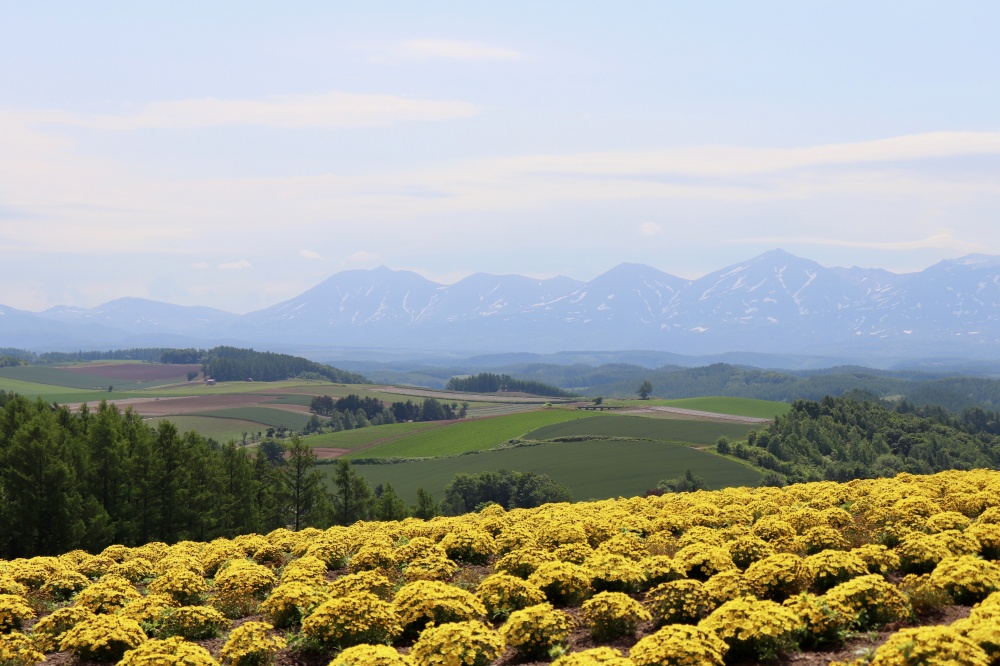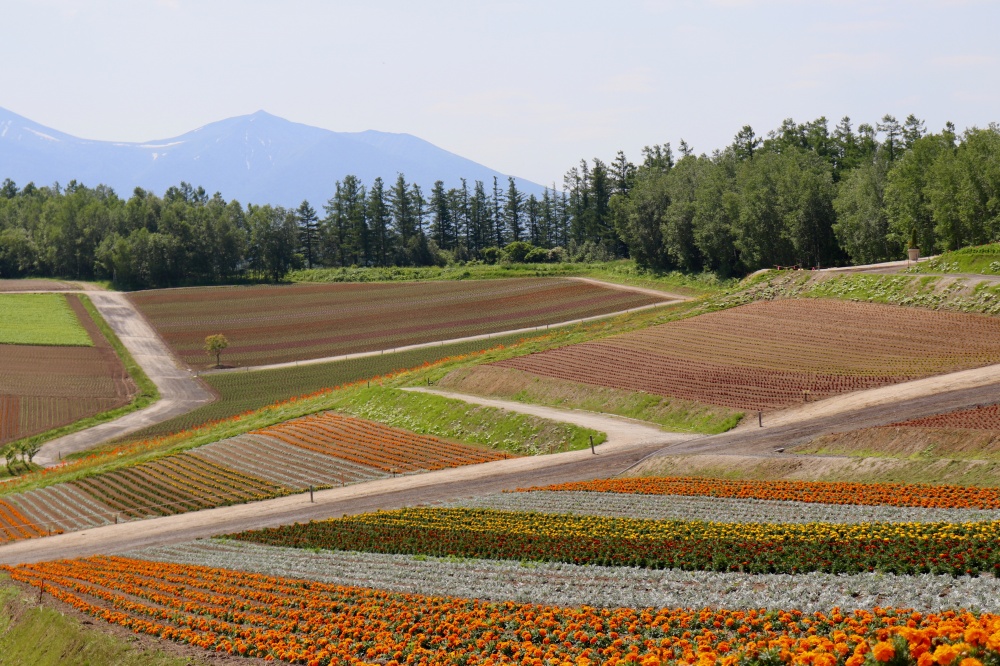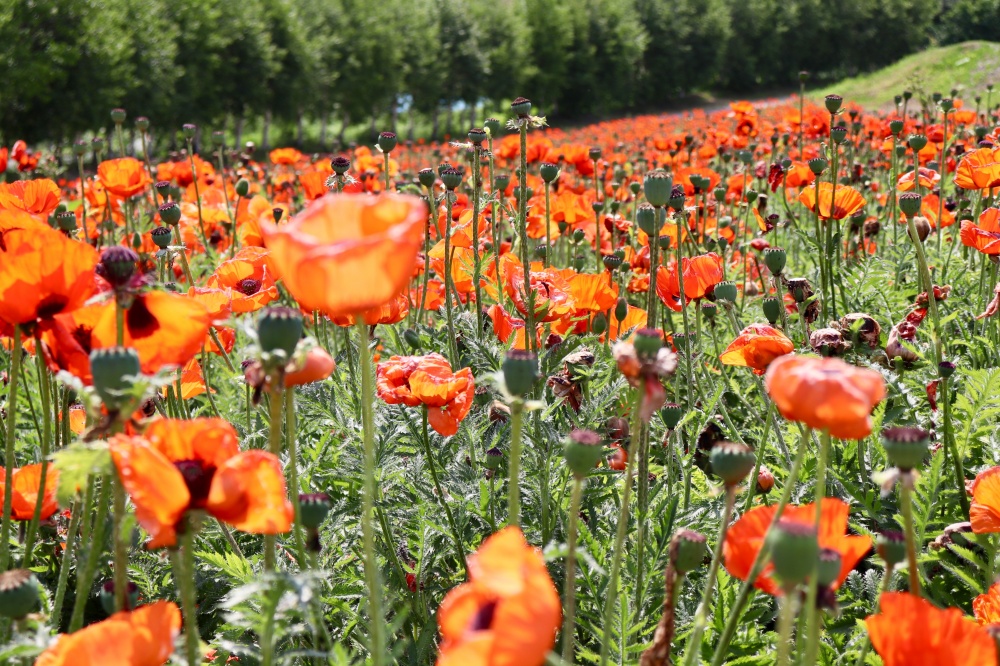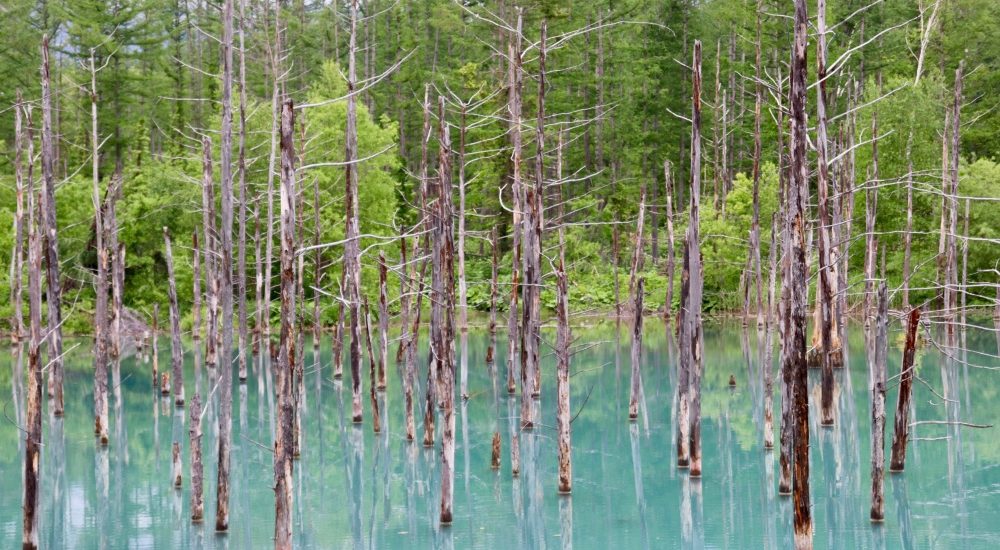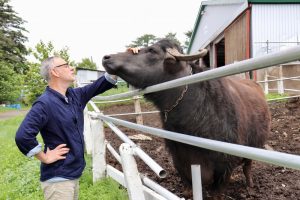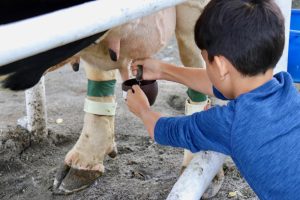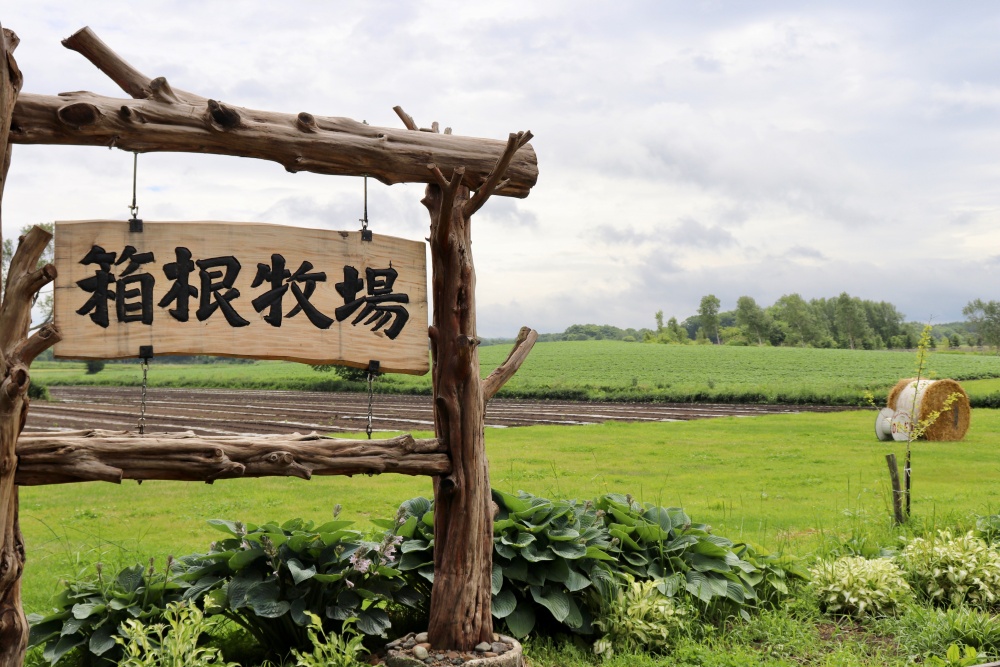
Today we drove northeast to farm country. The farther we drove the sight of cars and buildings gave way to rolling green hills, stretches of vegetables in the making and the most unbelievable flower farms. Our first stop was at Hakone Dairy Farm for a lesson in cow milking. Realizing how time consuming it is to milk a cow by hand I made sure not to waste a single drop of the fresh milk and vanilla soft serve ice cream I had afterwards.
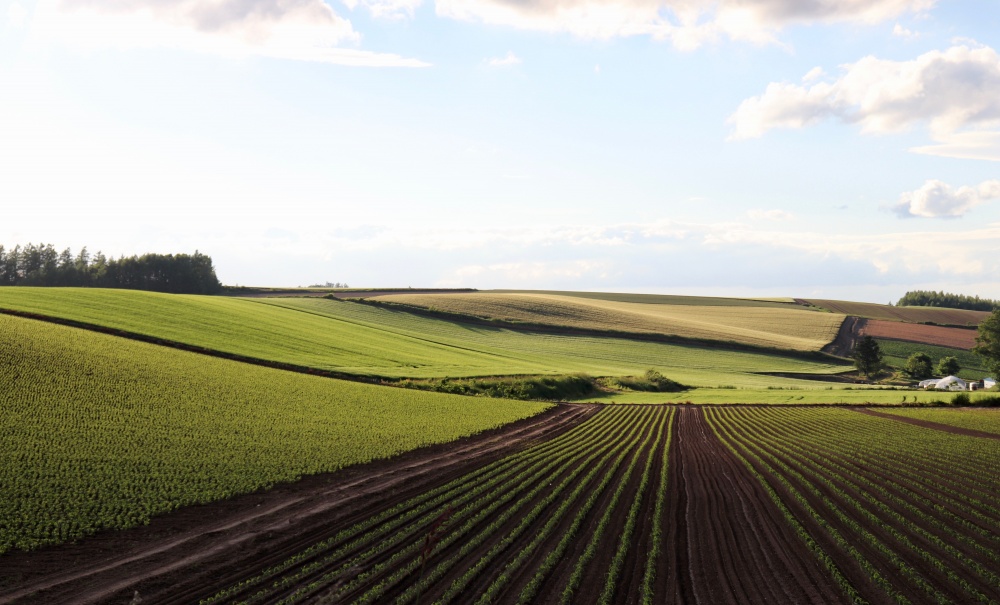
After traveling with me this year Philip has reached the unfortunate conclusion that any place where I choose to eat will probably have a line. Since Hokkaido doesn’t hit peak summer tourism until July we were lucky to have many roads to ourselves throughout the trip. Of course, as soon as we pulled up to Yuiga Doxon, our next stop for lunch, we realized where all the tourists went. We patiently stood on line to eat omelette curry rice at an old log cabin with a rickety lean-to on the side. We scored the table in the ‘tree house’ and gobbled down the delicious curry rice and homemade sausage.
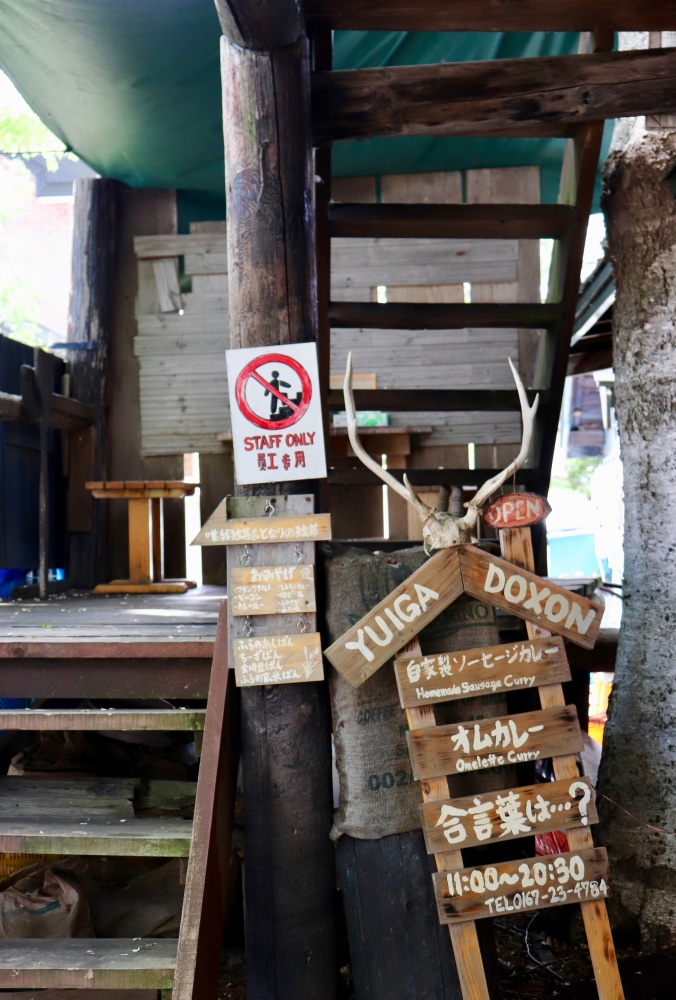
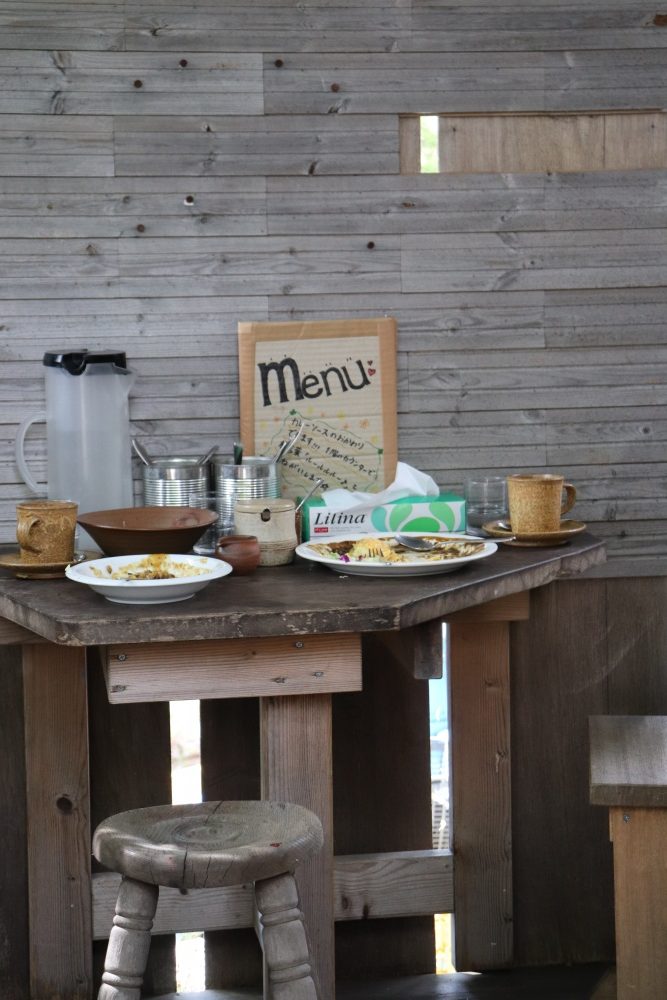
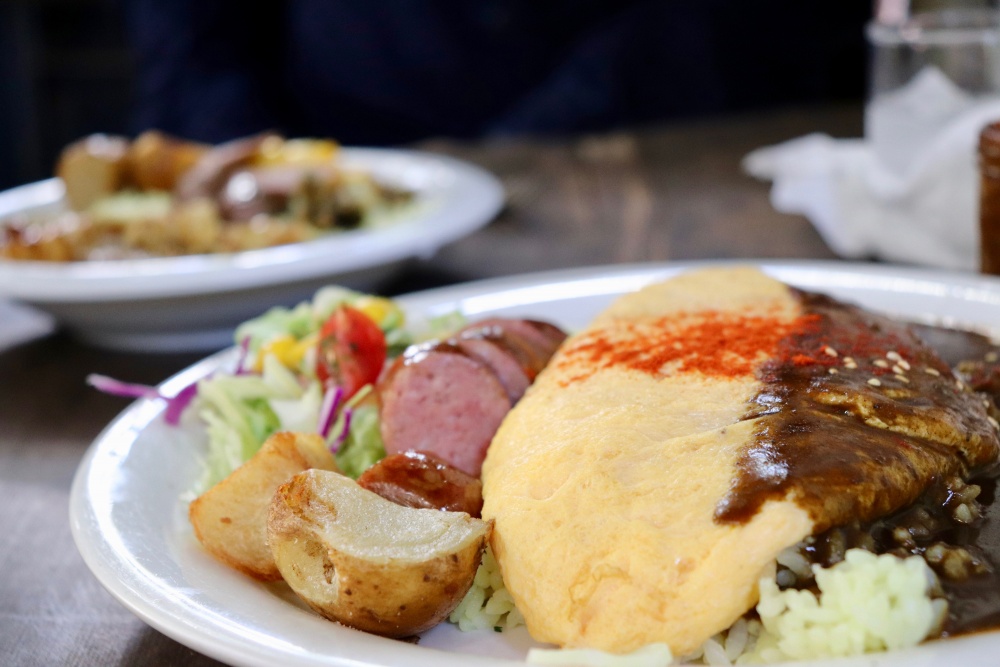
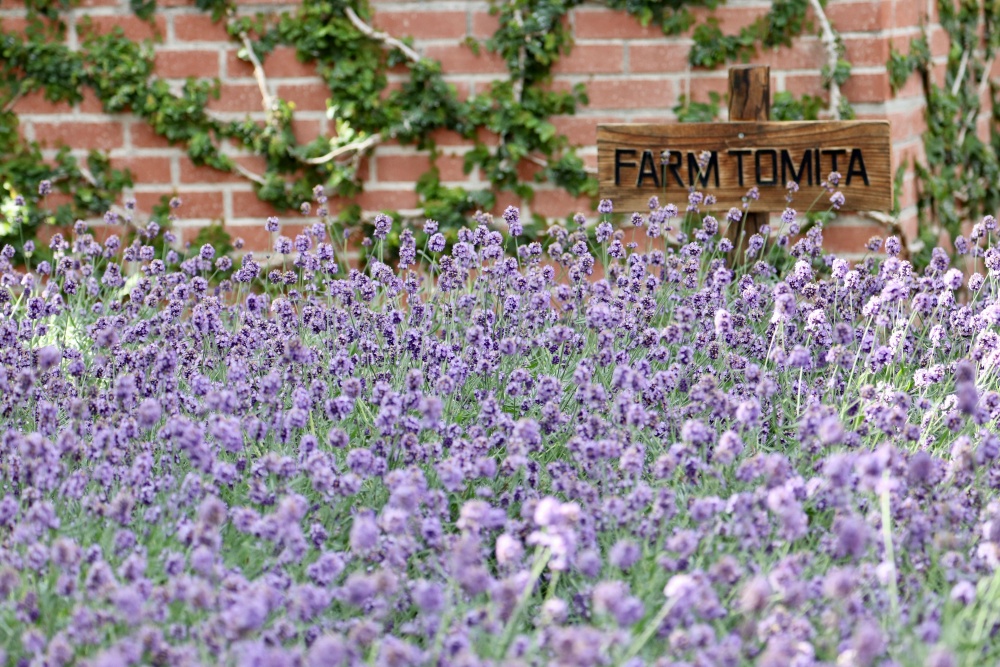
Our full bellies made their way to Farm Tomita next. The flowers, especially lavender, grown at Farm Tomita are world famous and the Japanese rail system actually opens up a train station near this farm from June to September just to accommodate the influx of tourists. The lavender in the fields wasn’t yet in full bloom when we arrived, but the beauty was still enough to fill up our entire bodies. Personally, the poppies did it for me more than the lavender, but I have to admit that it was pretty special eating a lavender soft serve amidst a field of lavender.
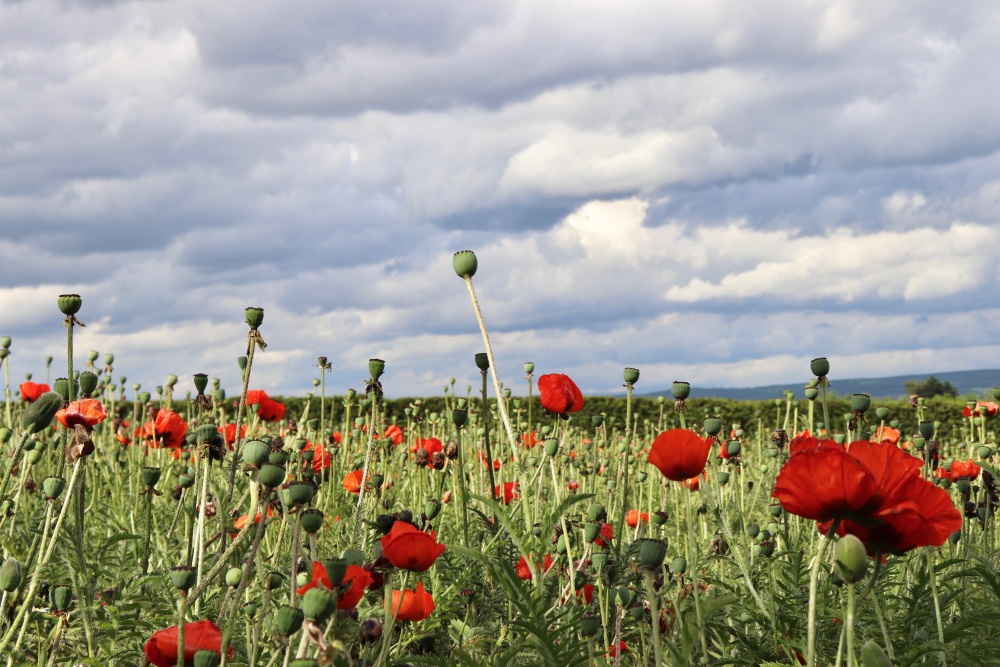
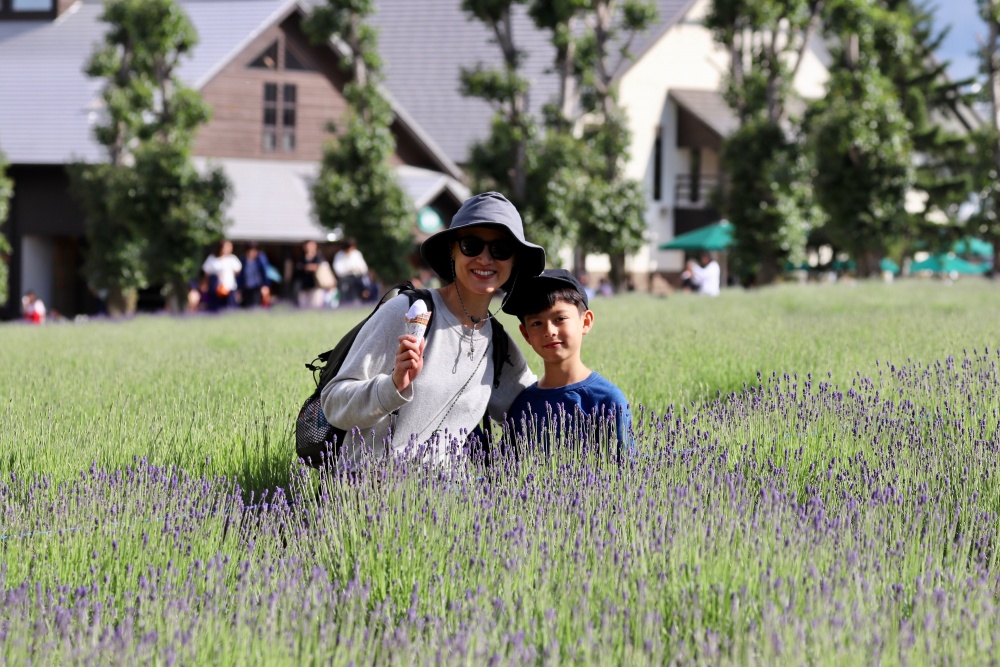
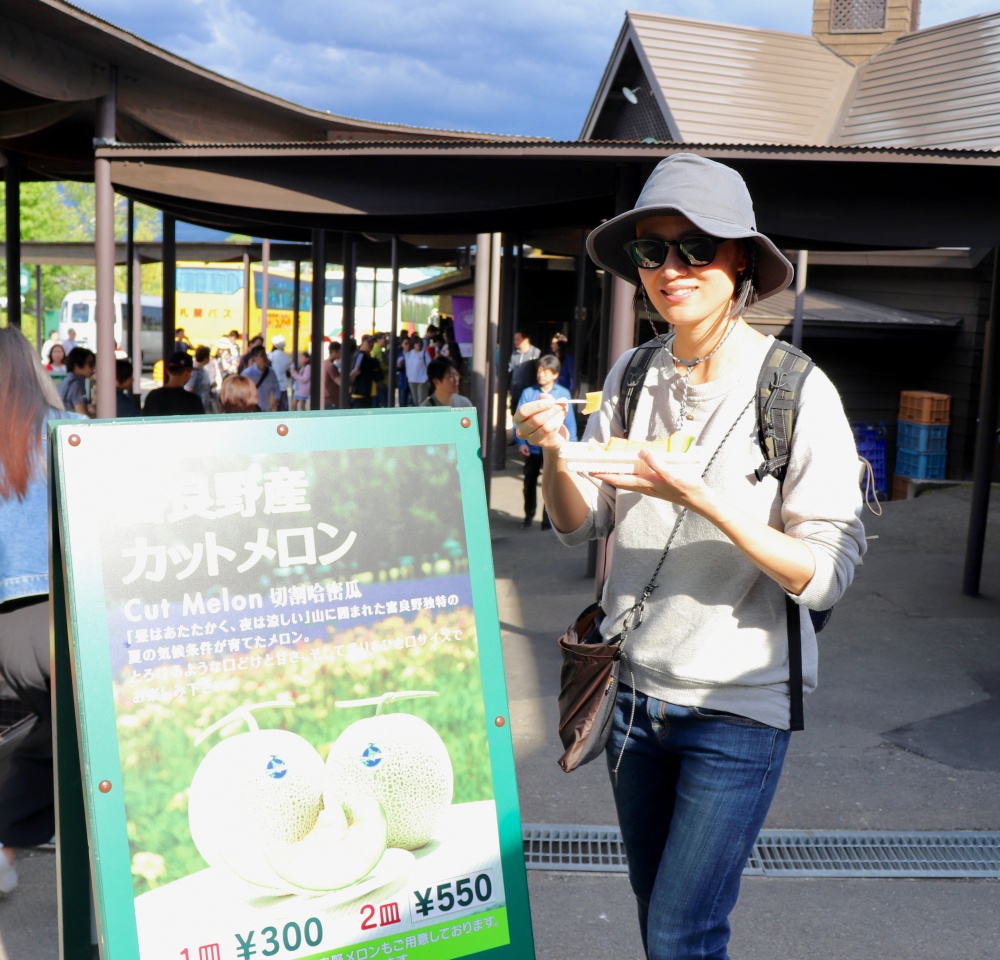
We also had a chance to sample the world famous Yubari melon while at Farm Tomita. Recently, two Yubari melons were sold at auction for over 20,000 USD! Fortunately, we were able to have a slice for a more affordable 3 USD. The melon was fragrant and sweet, but I honestly can’t say that it was the best melon I’ve ever had. Certainly, if you’re ever in Hokkaido make sure you get a slice or two.
Farm Tomita is a real operation with savvy marketing, so it was a relief to escape the fleet of tour buses to the more tranquil Shirogane Blue Pond (青い池, Aoiike). This pond was accidentally made after control measures to prevent mudslides caused a flood, which submerged the existing larch and white birch trees. The blue color comes from the presence of aluminum minerals in the water scattering the light, so the color of the pond changes depending on the season and the angle from which it’s seen. The slightly eerie sight of the bare sticks coming out of the opalescent water made this quiet little gem one of my favorite spots on the trip.
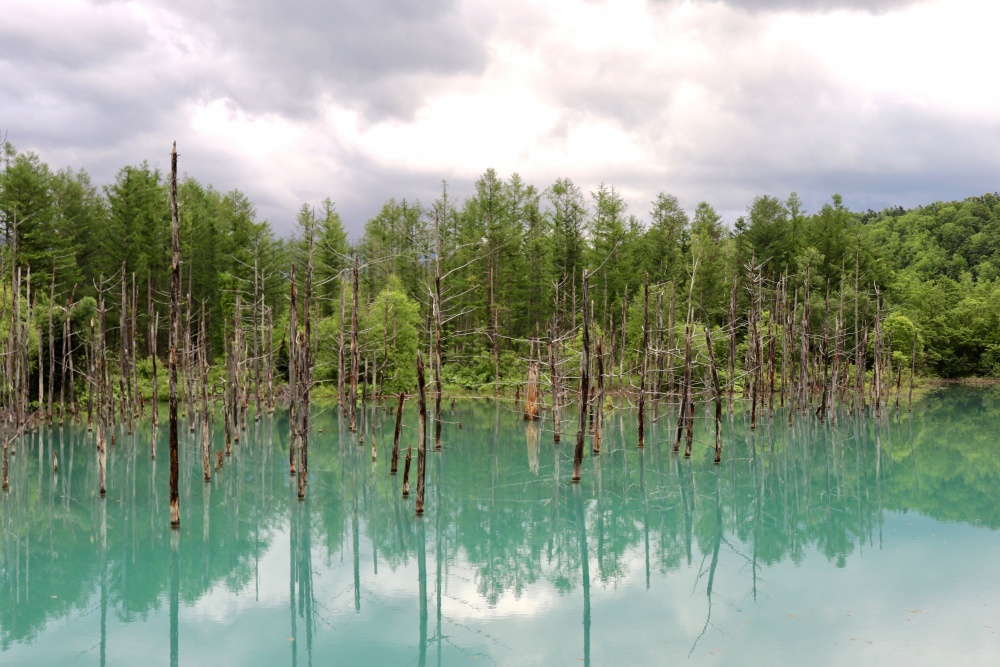
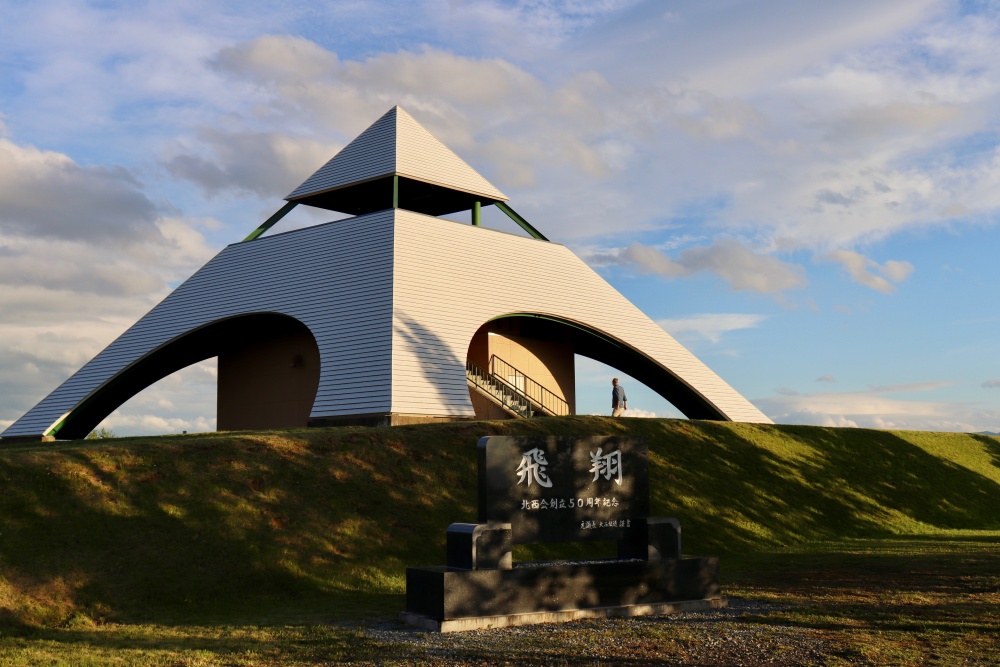
The long day of driving was catching up to us, so we headed towards our home for the night, Potato Village hostel in the neighboring town of Biei. On our way we passed by this pyramid observatory, which gave us great views of the surrounding farm land. Potato Village was the nicest hostel I’ve ever stayed in with two floors in a cabin with its own sink and toilet, and the Hansel and Gretel-like restaurant, Cafe Blanc Rouge, a short distance down the tree-lined path. It is forbidden to drive in Japan after just one drink, so Philip was able to enjoy a nice beer with dinner.
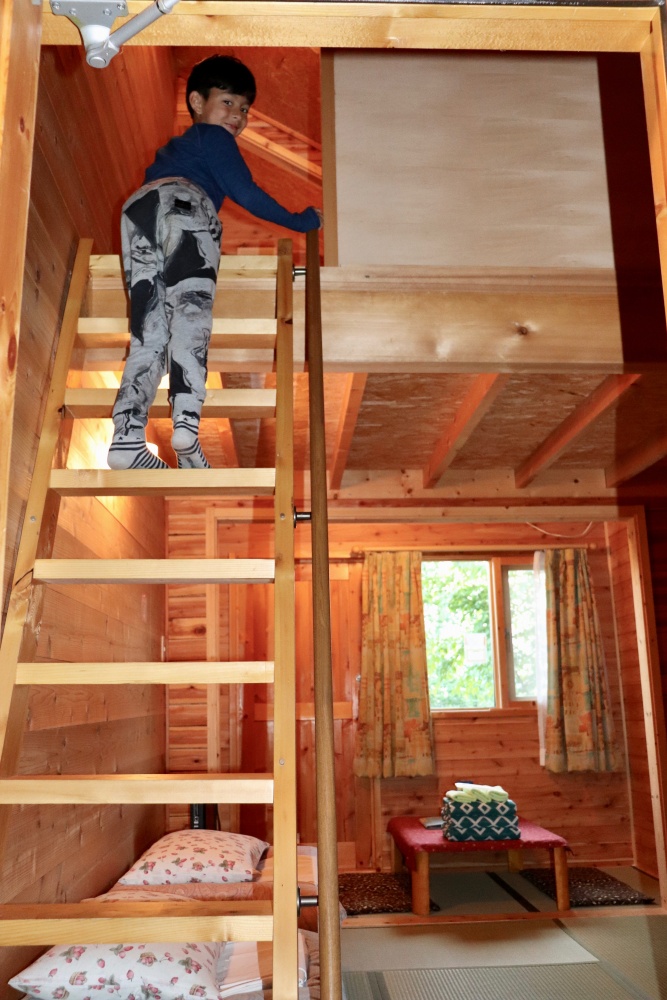
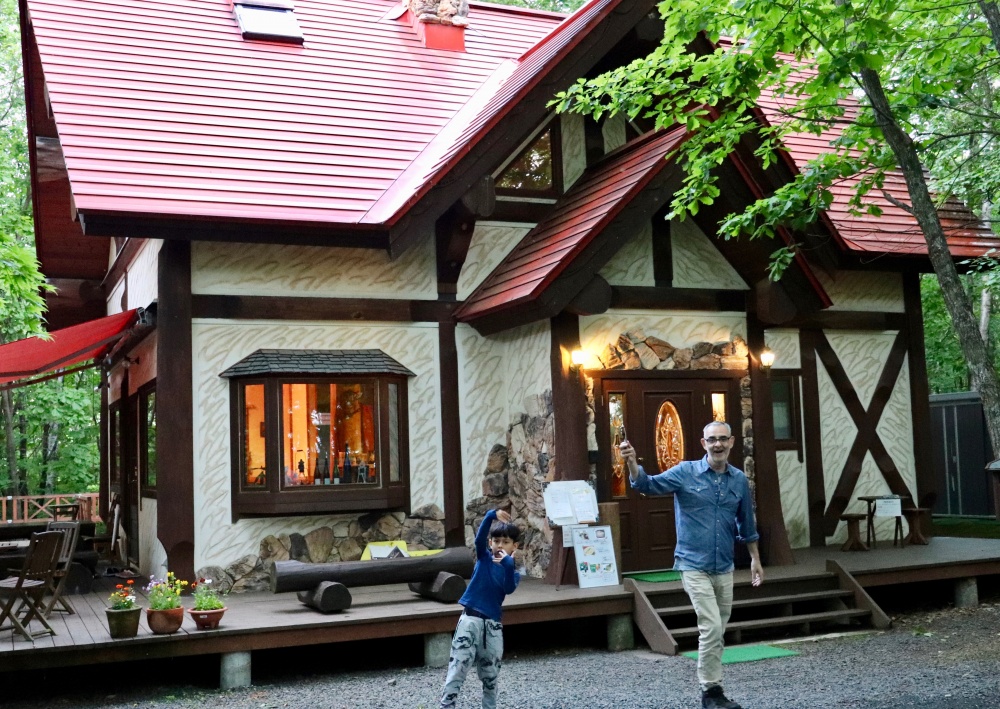
Our next morning started with a visit to Shikisai no Oka (四季彩之丘), the largest panoramic flower garden in Hokkaido. It’s too hard to convey the majestic scope of such a place, so I’ll just leave you with these photos.
